Living with asthma can be challenging, especially when your home environment contributes to flare-ups. One of the most common yet overlooked asthma triggers is mold. Mold releases tiny spores into the air that can irritate the airways, causing wheezing, coughing, and shortness of breath. For asthma patients, a mold-free home isn’t just a preference—it’s a necessity. In this guide, we’ll explore why mold is harmful and how you can prevent its growth in your home.
Why Mold is Dangerous for Asthma Patients
Mold thrives in damp, warm environments and reproduces by releasing microscopic spores. When inhaled, these spores can irritate the respiratory system, especially in people with asthma. Mold exposure can lead to:
- Increased asthma symptoms such as wheezing and chest tightness.
- Allergic reactions, including sneezing, itchy eyes, and skin rashes.
- Long-term respiratory issues if exposure is prolonged.
Certain molds, like black mold (Stachybotrys chartarum), are particularly harmful because they produce mycotoxins, which can exacerbate asthma symptoms. This makes it crucial for asthma patients to maintain a mold-free living space.
Where Mold Grows
Understanding where mold is likely to grow is the first step in prevention. Common areas include:
- Bathrooms: Shower stalls, grout, and damp towels.
- Kitchens: Under sinks, behind appliances, and near garbage bins.
- Basements: Walls, floors, and storage areas.
- Windowsills: Due to condensation.
- HVAC systems: Ducts and filters can harbor mold if not cleaned regularly.
Mold grows rapidly in areas with high humidity, poor ventilation, or standing water. Identifying these hotspots helps in proactive prevention.
Preventing Mold Growth: Practical Tips
- Control Humidity Levels
- Keep indoor humidity levels below 50%. You can measure humidity with a hygrometer.
- Use a dehumidifier, especially in damp areas like basements.
- Avoid overwatering indoor plants, as excess moisture in the soil can promote mold growth.
- Ventilate Your Home
- Open windows regularly to let fresh air in.
- Use exhaust fans in bathrooms and kitchens to reduce moisture.
- Avoid drying clothes indoors, as this can increase indoor humidity.
- Fix Water Leaks Promptly
- Regularly check for leaks in pipes, roofs, and windows.
- Repair any water damage immediately to prevent mold from taking hold.
- Clean Regularly
- Use mold-resistant cleaning solutions for bathrooms and kitchens.
- Focus on cleaning grout, shower curtains, and areas under sinks.
- Wash and dry damp items like towels and bath mats frequently.
- Declutter and Store Properly
- Avoid storing items in damp or poorly ventilated areas.
- Use moisture-absorbing products, like silica gel packets, in storage spaces.
- Ensure closets and storage areas are dry and well-ventilated.
- Inspect and Replace
- Regularly inspect HVAC systems and replace filters as needed.
- Discard moldy items, such as carpets, drywall, or soft furnishings, as they can’t always be cleaned effectively.
DIY Mold Removal vs. Professional Help
For small mold patches (less than 1 square meter), you can use household solutions like white vinegar or hydrogen peroxide to clean the area. Here’s how:
- Wear gloves and a mask to avoid inhaling spores.
- Spray the affected area with the cleaning solution and let it sit for 10-15 minutes.
- Scrub the area gently with a brush, then dry it thoroughly.
If you’re dealing with extensive mold growth, it’s best to hire professionals. Large infestations may require specialized equipment and expertise to remove safely.
Additional Tips for Asthma Patients
- Wear a mask while cleaning to reduce exposure to mold spores.
- Stay out of rooms being treated for mold until they are thoroughly cleaned.
- Consider investing in an air purifier with a HEPA filter to trap mold spores and other allergens.
Conclusion
Mold prevention is a crucial part of managing asthma and ensuring good indoor air quality. By following these simple yet effective tips, you can create a safer, healthier environment for yourself and your loved ones. Remember, a mold-free home is a step toward better breathing and better living.
Stay proactive, and breathe easier!












